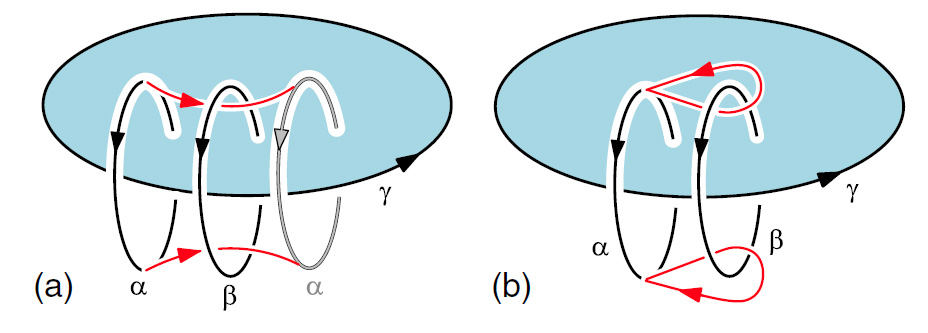ICQM Faculty member Xiong-Jun Liu's group published a paper in Phys. Rev. Lett. addressing chiral Majorana modes protected by 2nd Chern numbers
In a recent paper published Phys. Rev. Lett. (PRL 118,207002 (2017)), Dr. Cheung Chan and Prof. Xiong-Jun Liu proposed to study the emergent chiral Majorana modes protected by the 2nd Chern number in a 3D superconducting Weyl semimetal, and showed that such chiral Majorana modes obey a new type of 3D non-Abelian loop-braiding statistics.
The search for topological superconductors and non-Abelian Majorana modes ranks among the most fascinating topics in condensed matter physics. There now exist several fundamental superconducting phases which host symmetry protected or chiral Majorana modes, of which the chiral modes are protected by Chern numbers in even dimensions. In the present published paper, Dr. Chan and Prof. Liu proposed to observe novel chiral Majorana modes by realizing a Fulde-Ferrell-Larkin-Ovchinnikov (FFLO) state, i.e., the pair density wave (PDW) phase in a Weyl semimetal which breaks time-reversal symmetry. Without symmetry protection, the 3D gapped PDW phase is topologically trivial. However, a vortex line generated in such a phase can host chiral Majorana modes, which are shown to be protected by an emergent second Chern number of a synthetic 4D space generalized from the PDW phase. More interestingly, Chan and Liu further show that these chiral modes in the vortex rings obey 3D non-Abelian loop-braiding statistics, which can be applied to topological quantum computation. These results may show insight into the study of new non-Abelian braiding statistics and topological phases in high dimension.
The work is supported by MOST and NSFC.
Fig. 1:(a,b) Chiral gapless Majorana modes existing in the FFLO phase of a 3D superconducting Weyl semimetal, moving along the vortex lines and being protected by emergent 2nd Chern numbers; (c) In the BCS phase, no chiral Majorana modes, instead, the Majorana zero flat bands are obtained.
Fig. 2:The chiral Majorana modes in vortex rings obey 3D non-Abelian loop-braiding statistics. (a) sketch for a single braiding; (b) the sketch for a full braiding.

